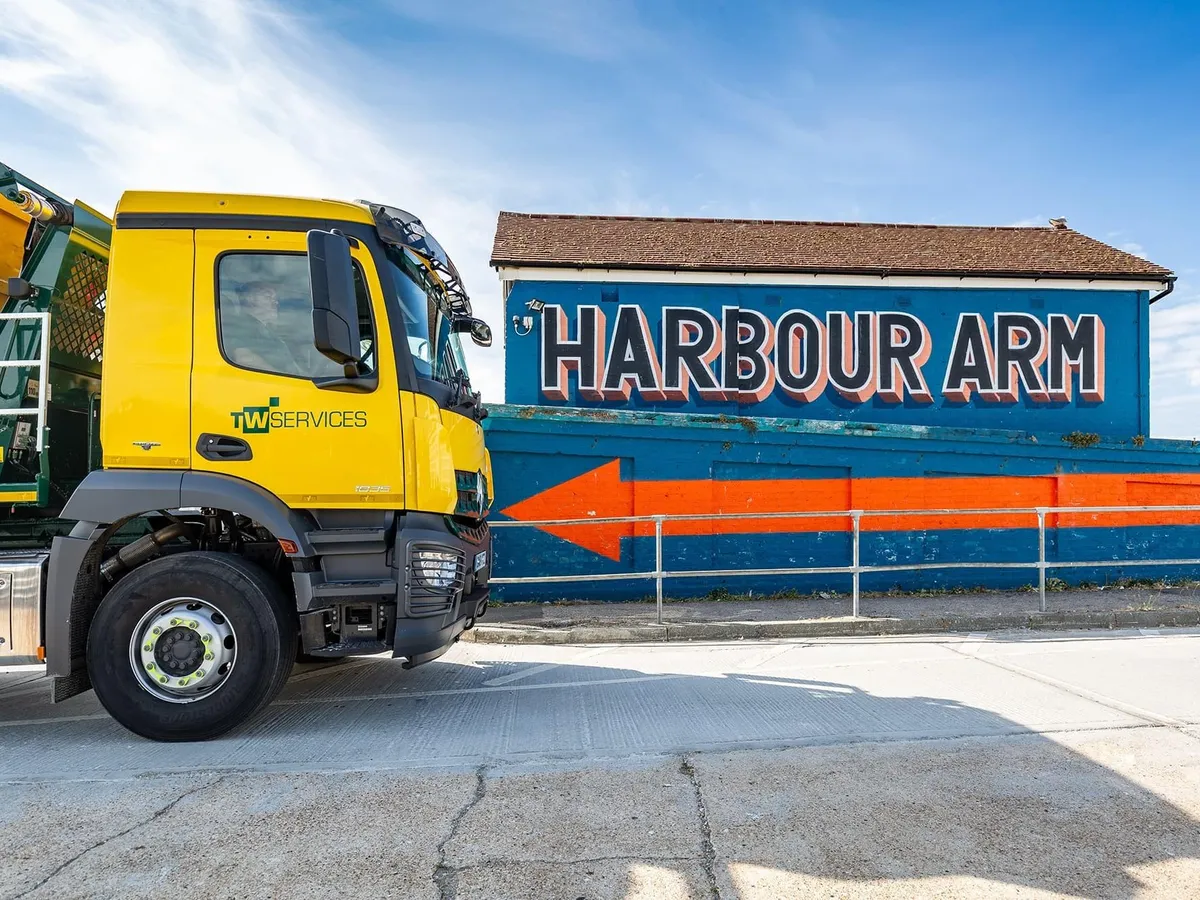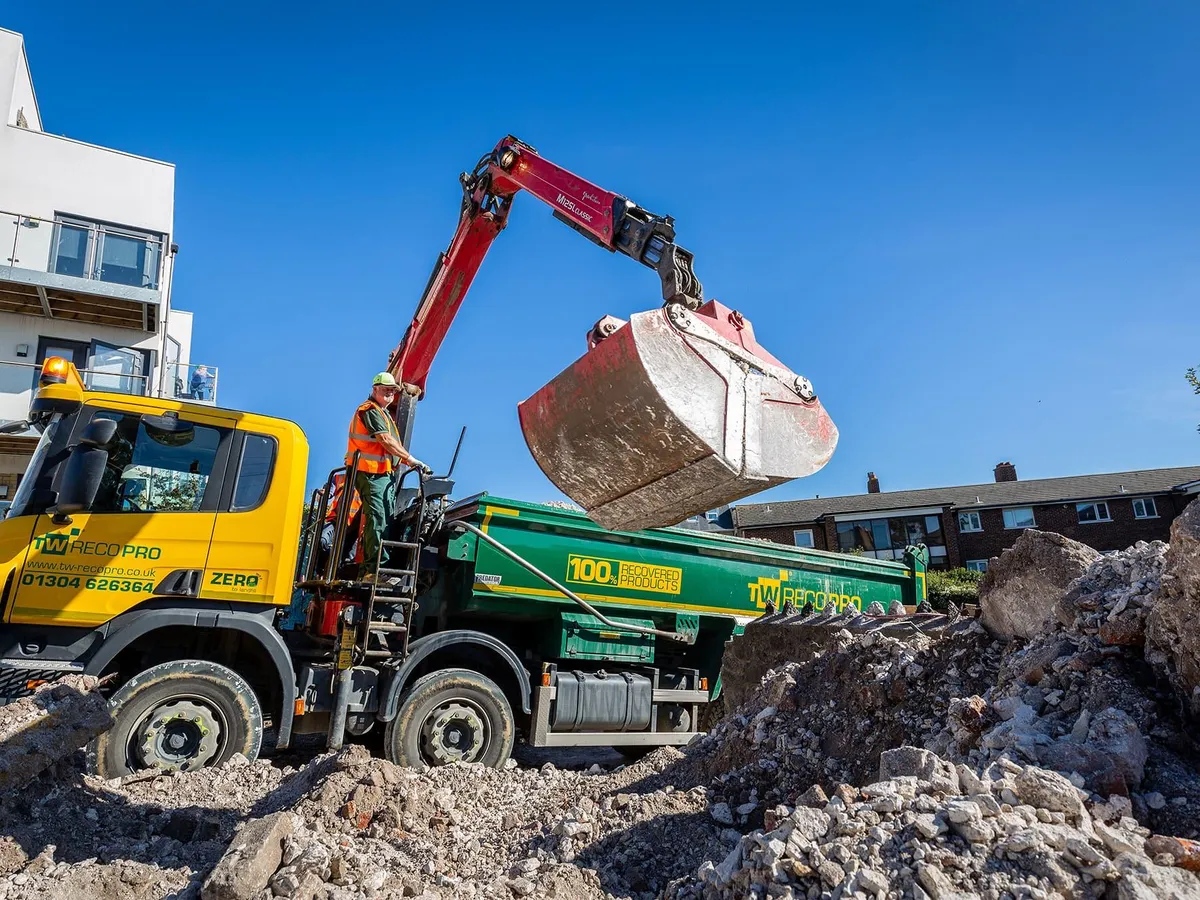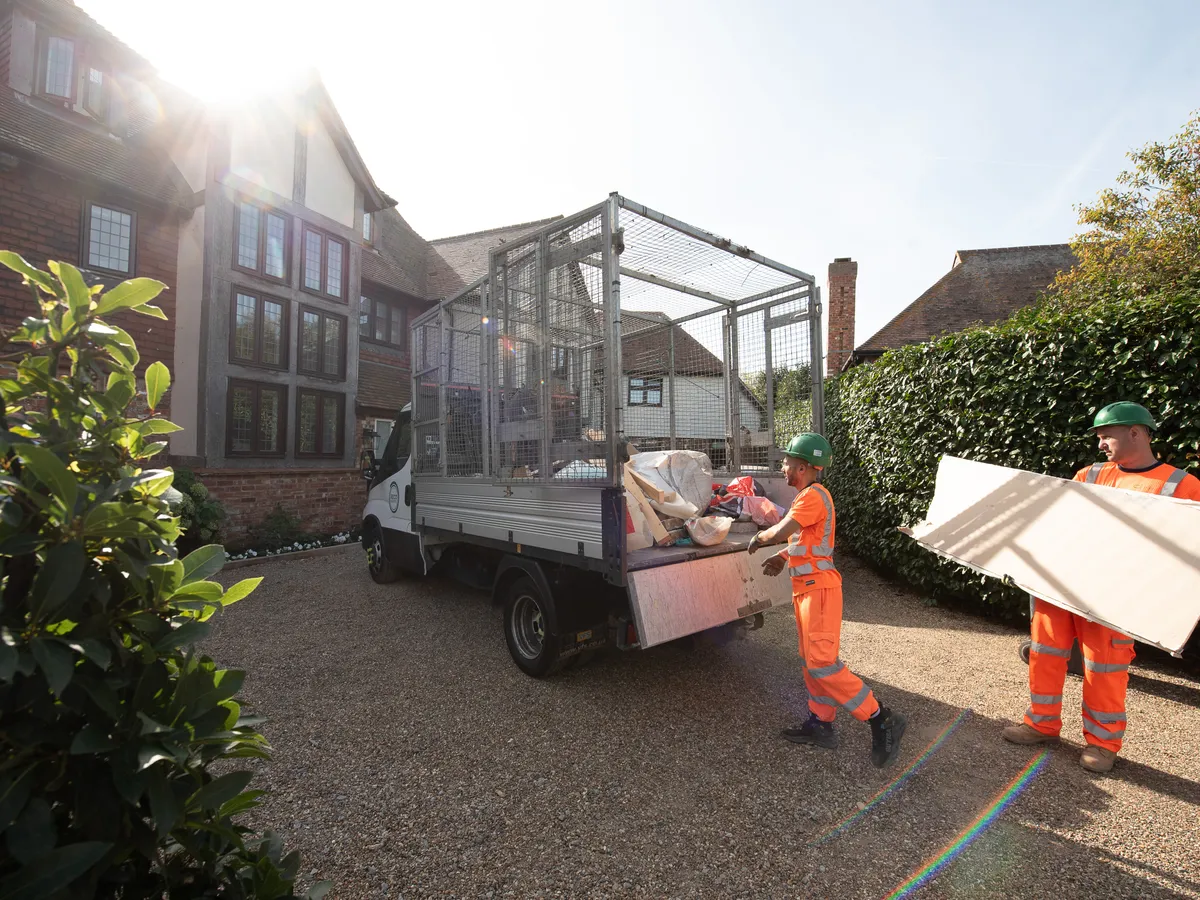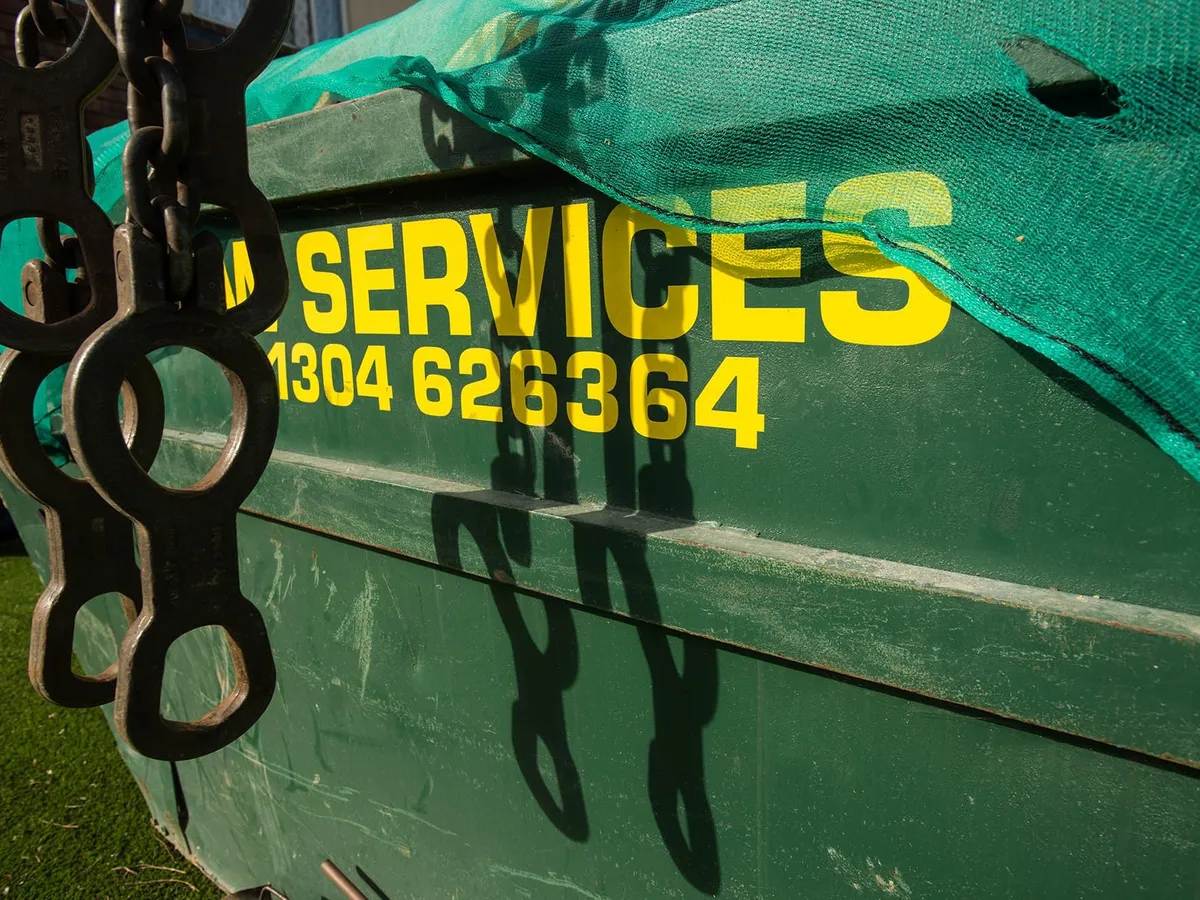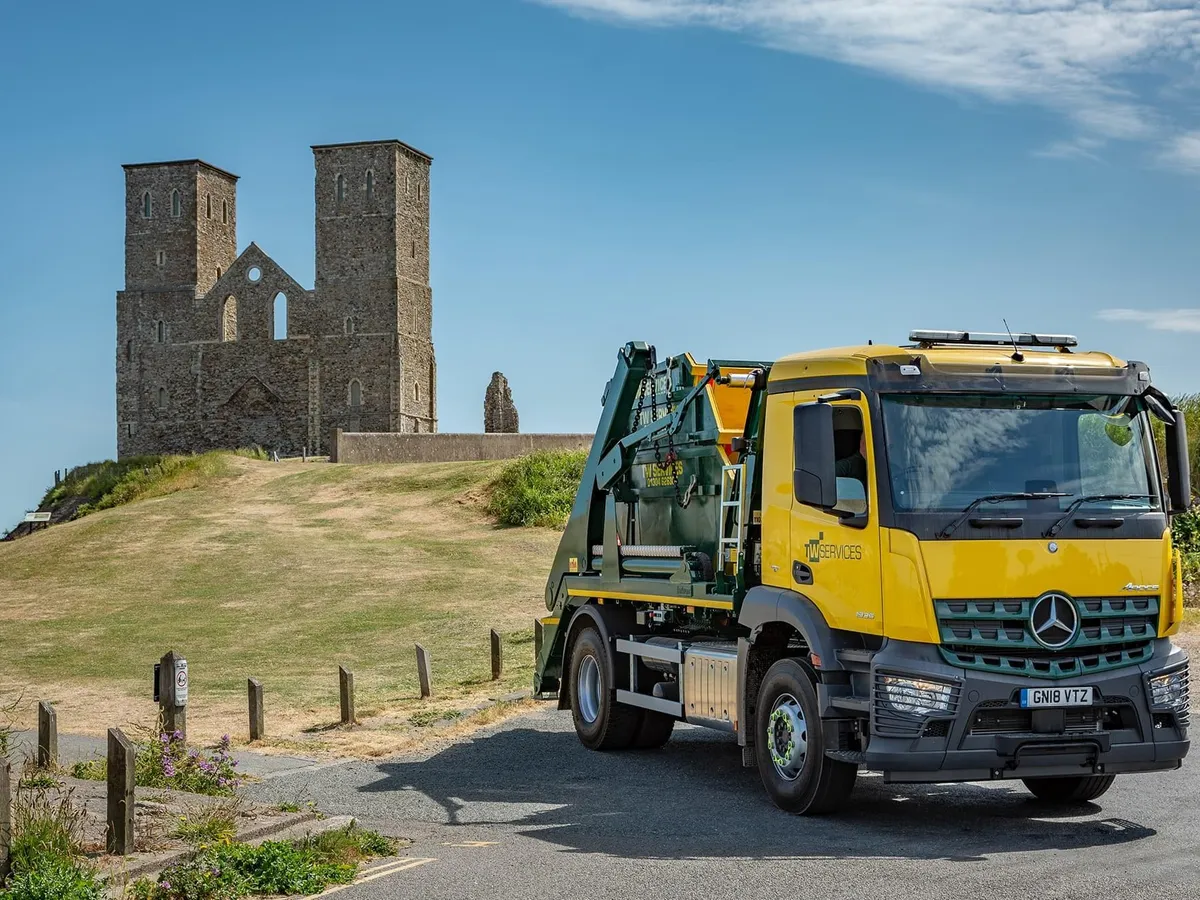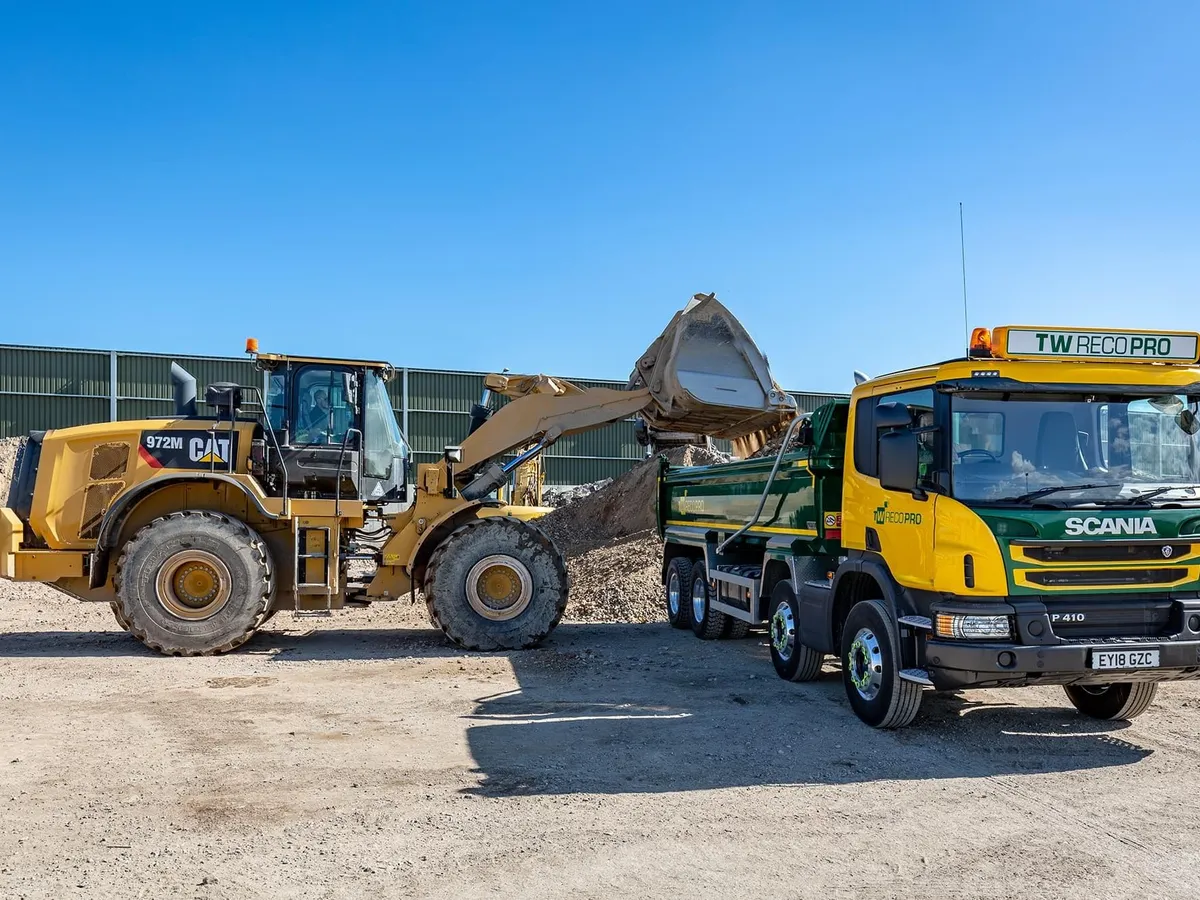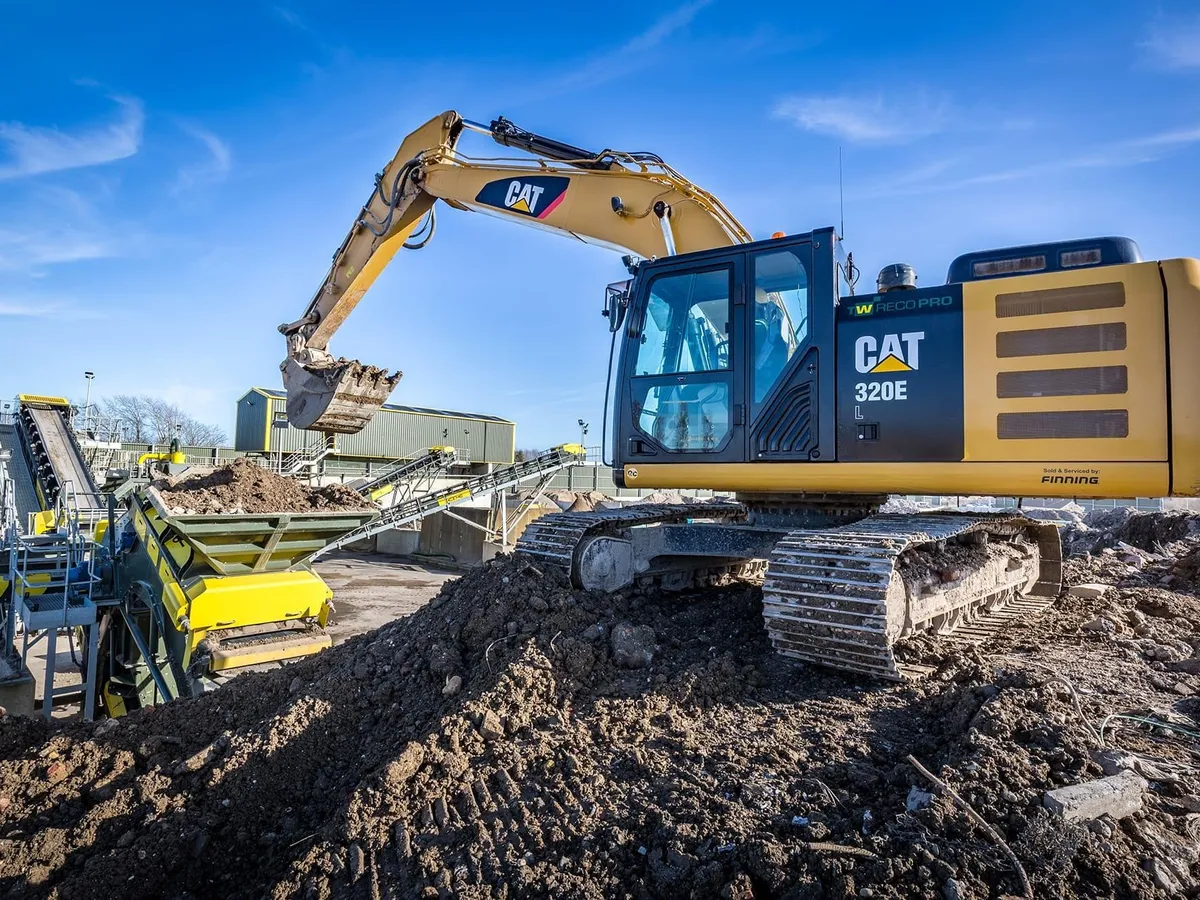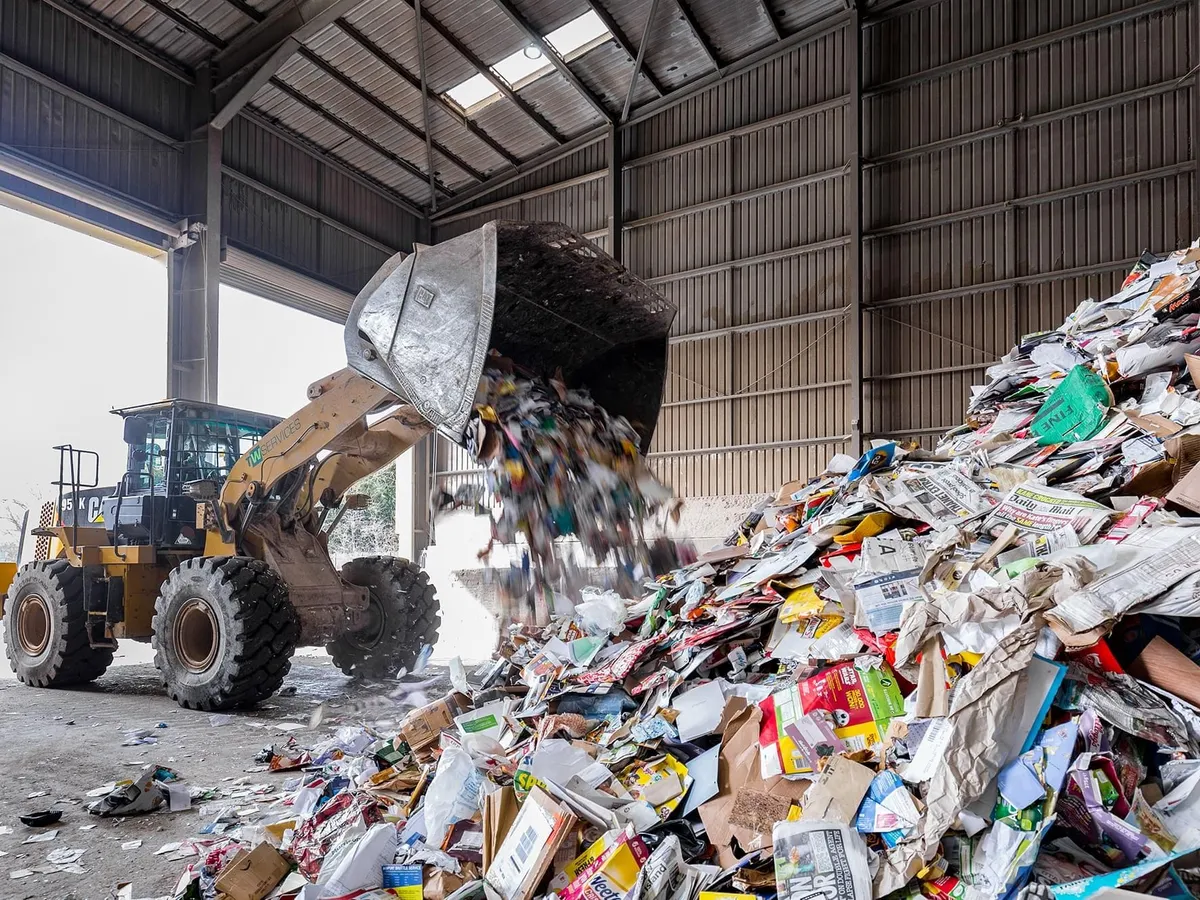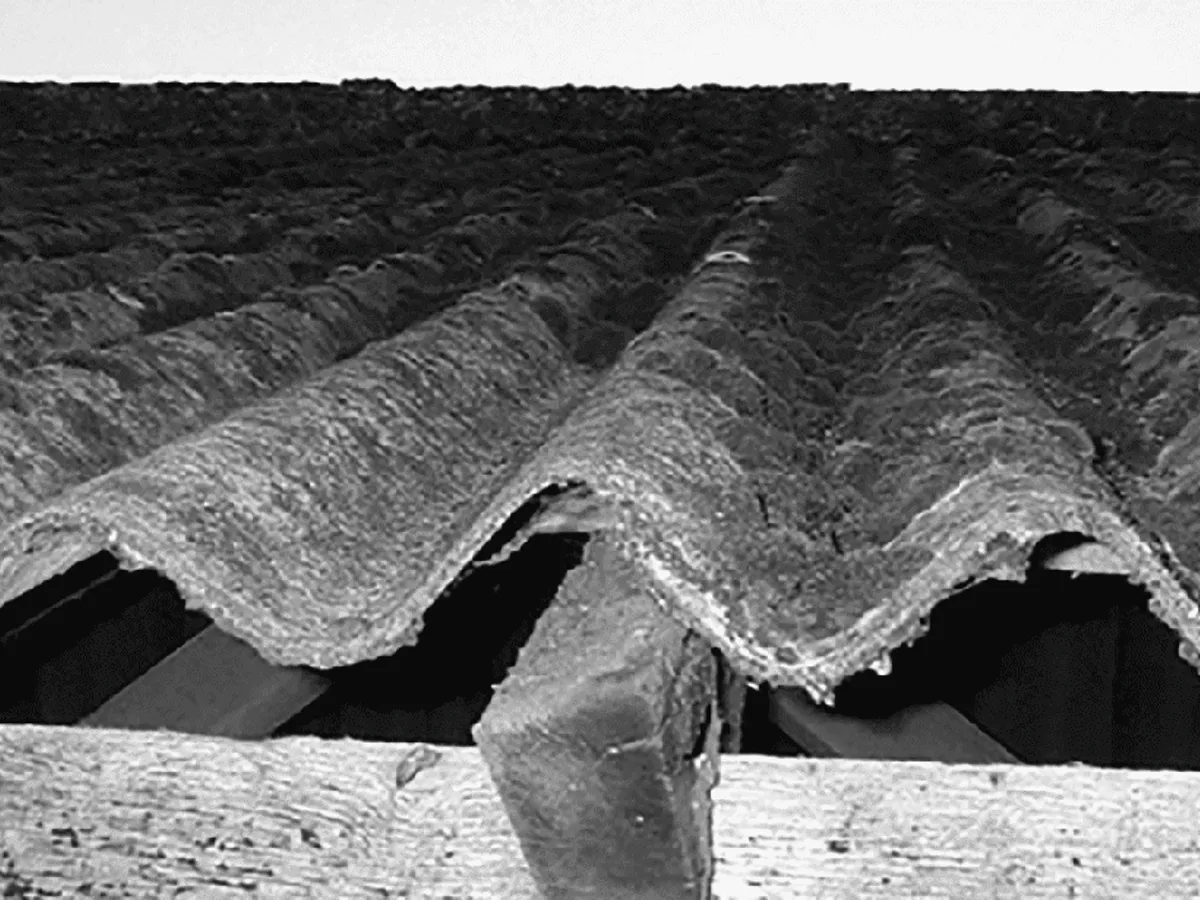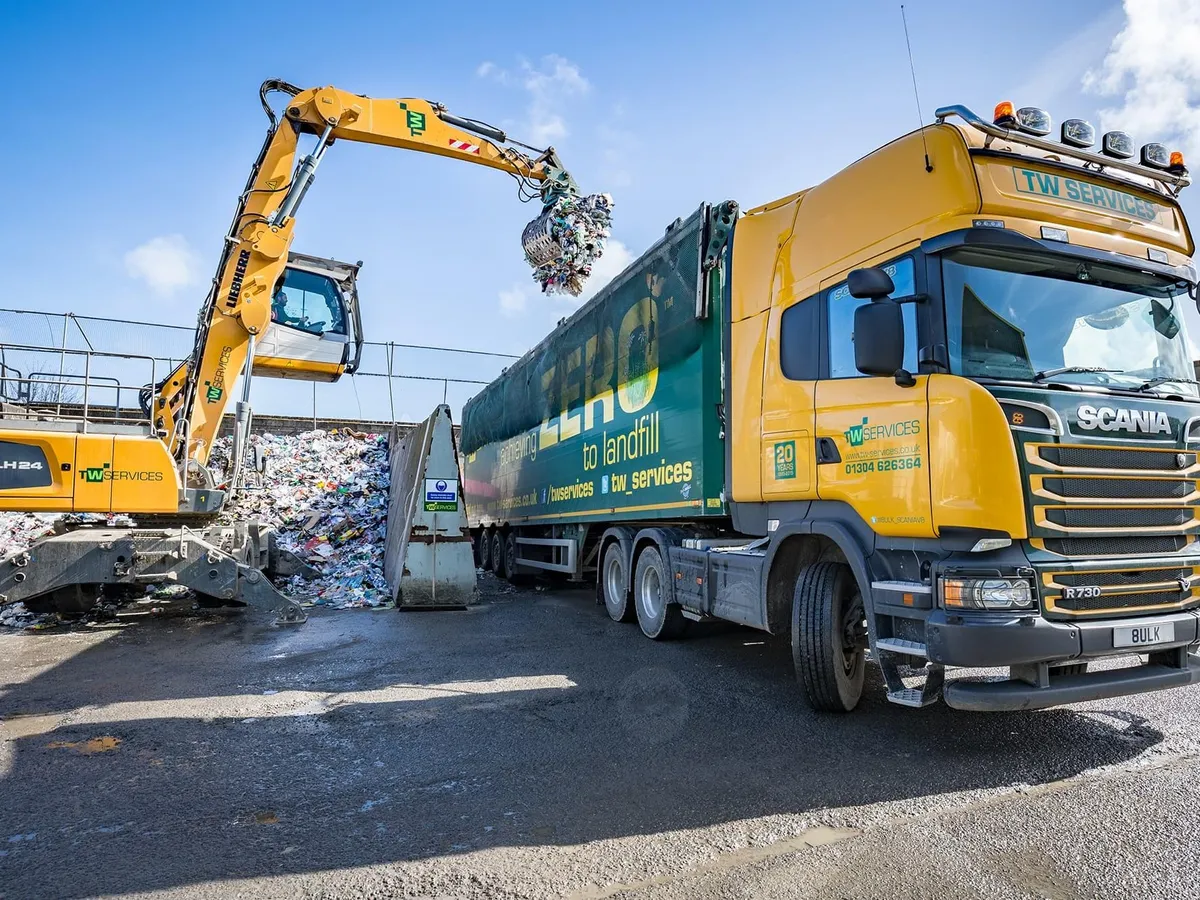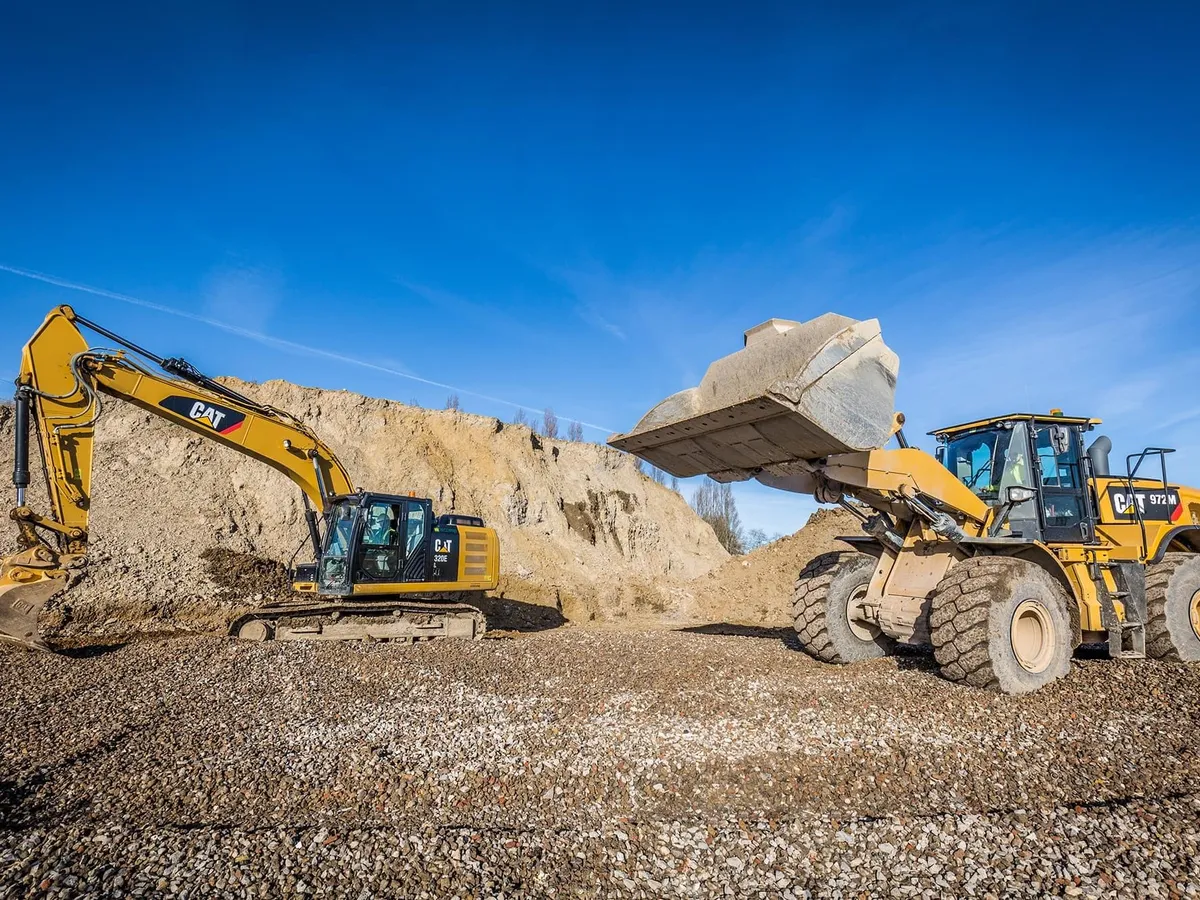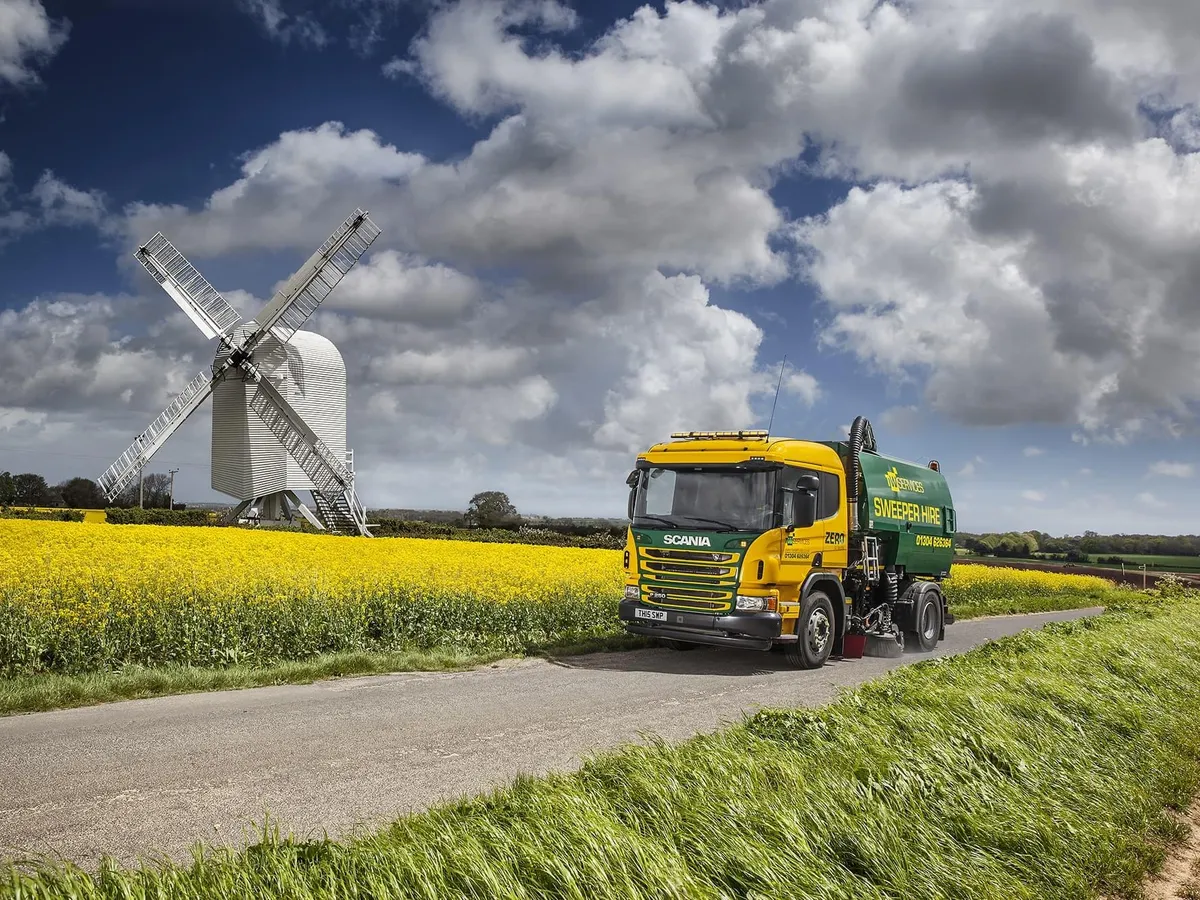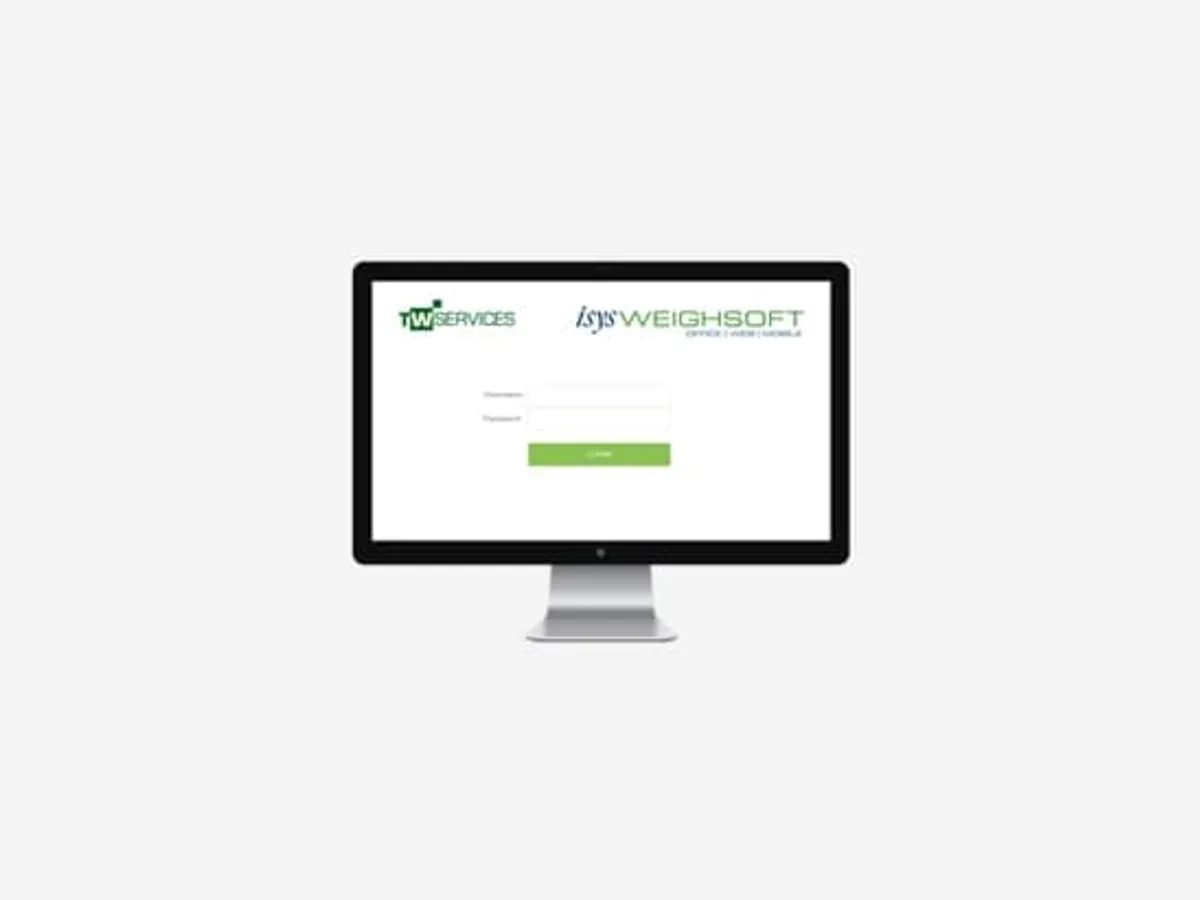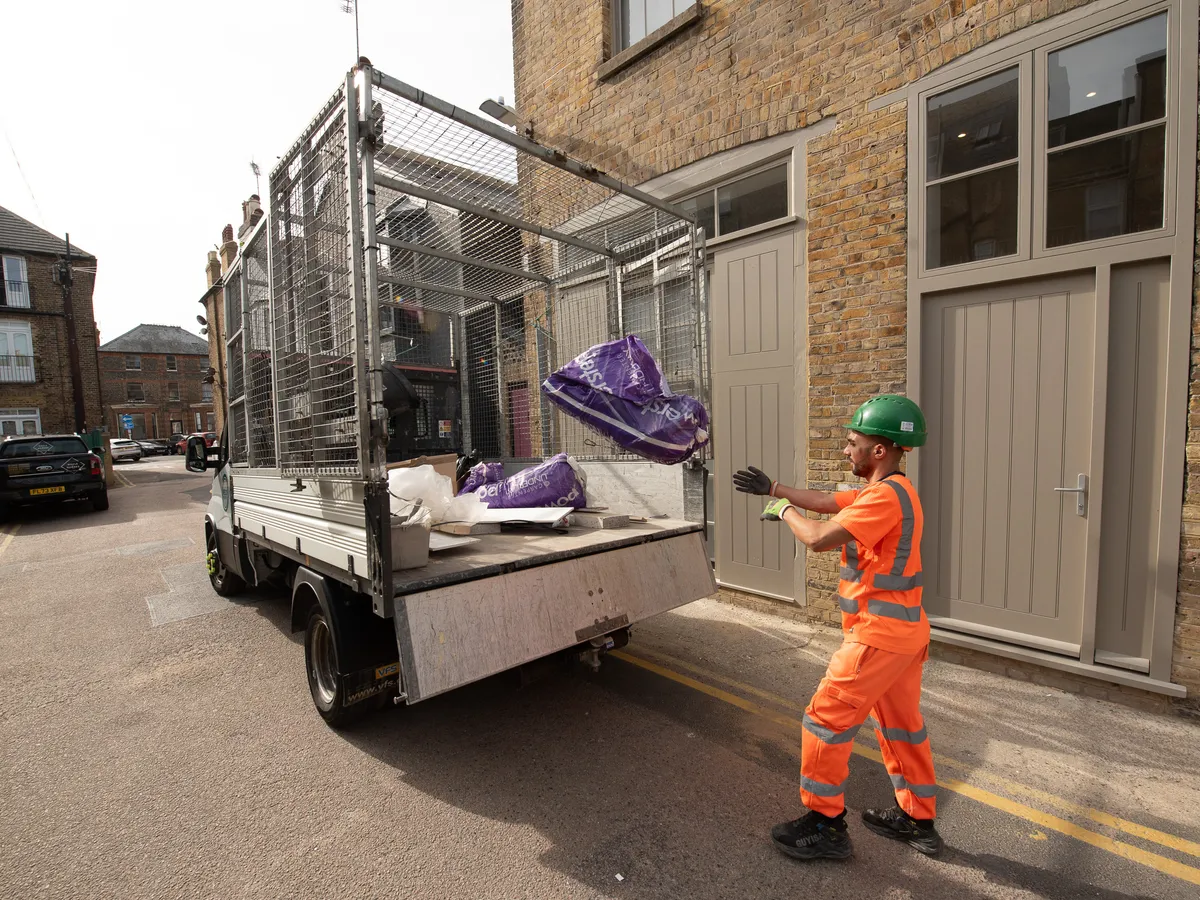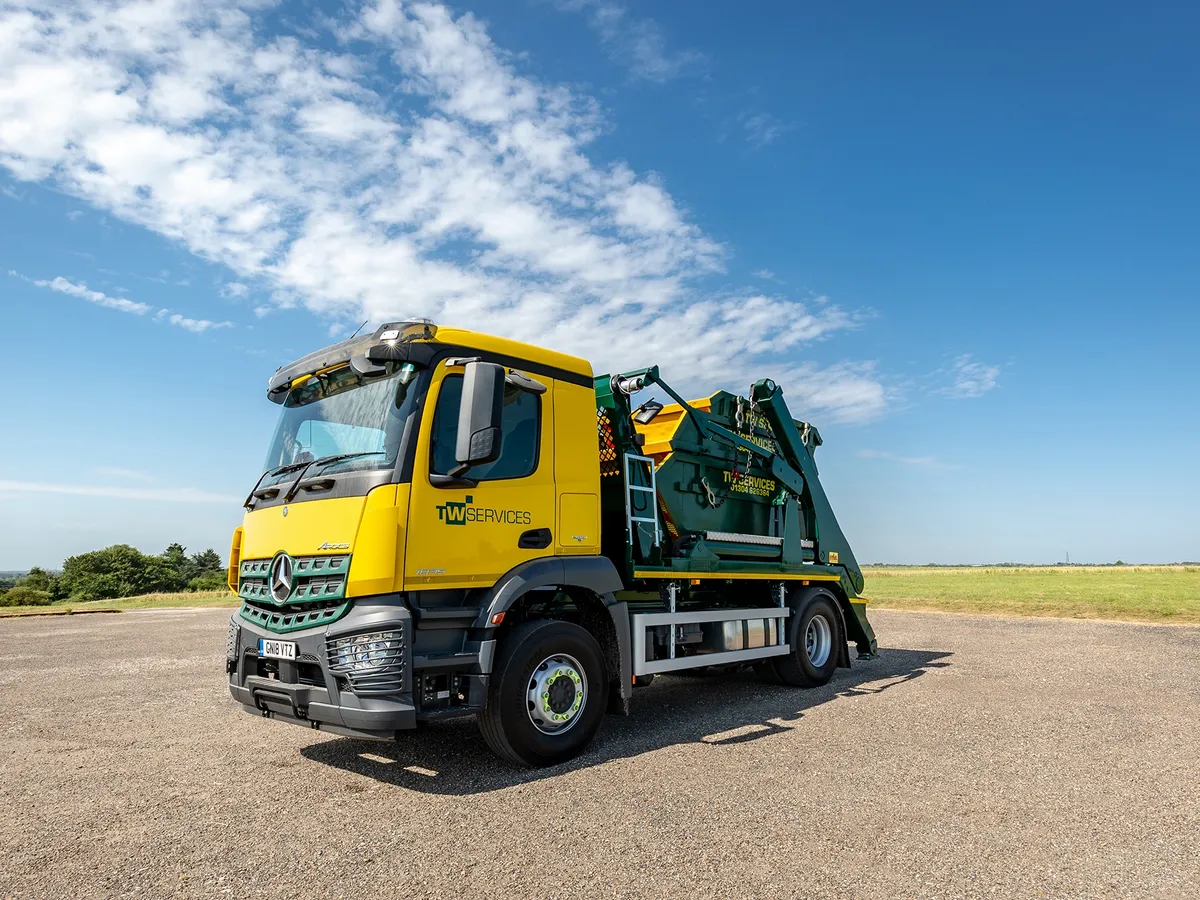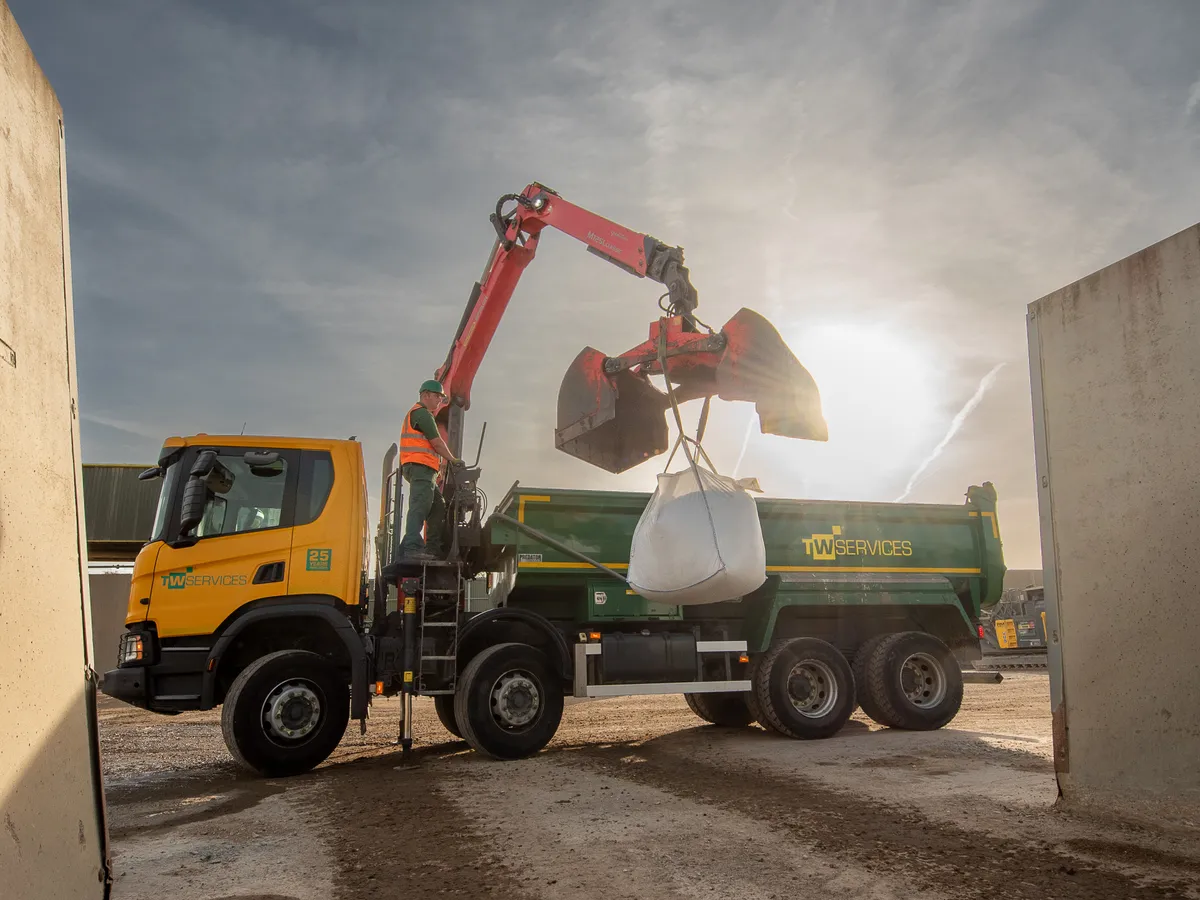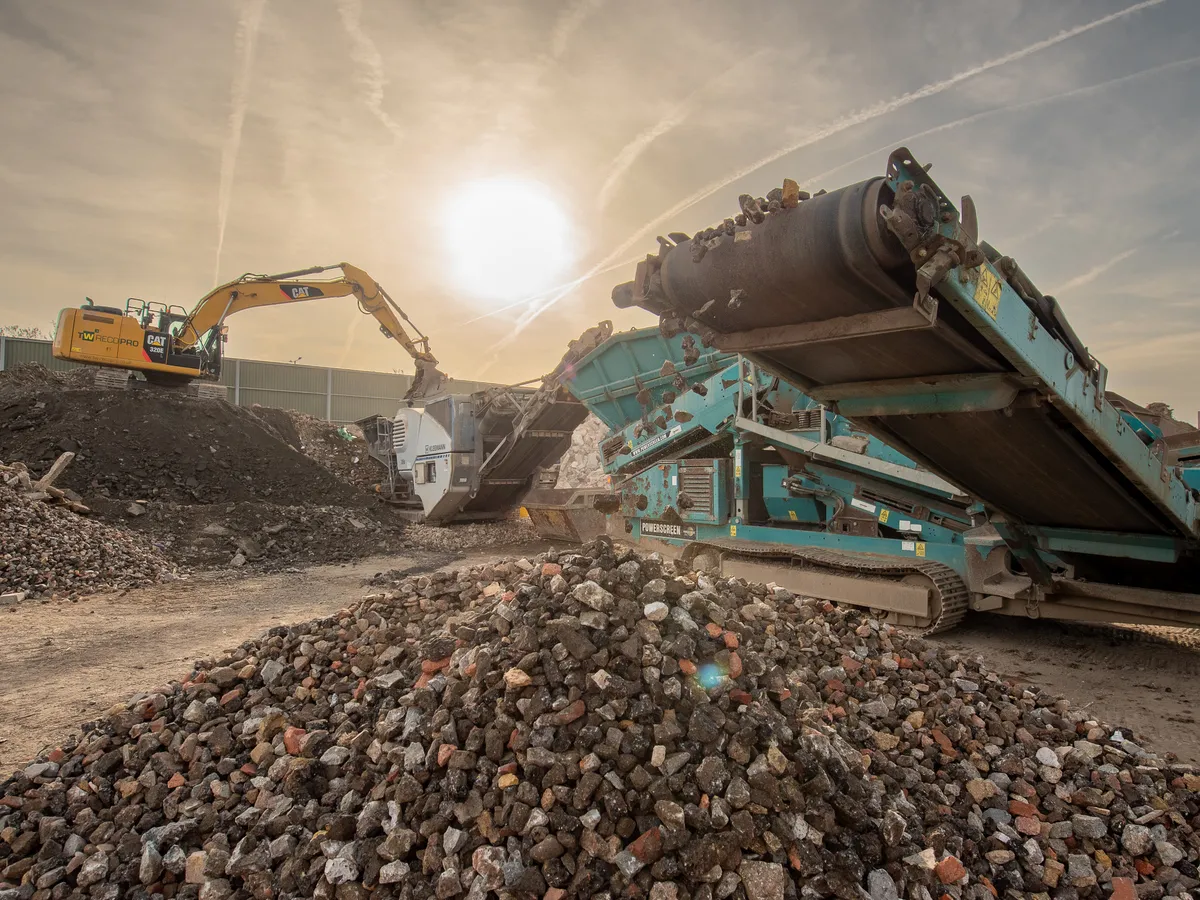
How to Manage Hazardous Waste
Within your business, whether you are the producer, carrier or consignee of the waste, you have a ‘duty of care’ to handle and dispose of it in the right way. It’s also worth noting the guidelines on your responsibilities vary from country to country, so ensure you do your research or take advice on what is legally required. We find that government websites hold the clearest and most reliable information.
We are approved to deal with not only chemically hazardous waste but also to handle, separate and process waste covered under the WEEE (Waste Electrical and Electronic Equipment Directive), who set guidelines on collection, recycling and recovery of items within this category.
The steps you must follow as a producer of the waste are as follows…
- Classify your waste to check or confirm it is indeed hazardous. Classifying will enable you to decide how to handle it and then complete the necessary paperwork to give to the contractors managing your waste. In the description of the waste be sure to include the waste classification code, also referred to as LoW (List of Waste) or EWC (European Waste Catalogue) code.
- Separate and store the waste safely. The government has targets for recycling and recovery on all types of electrical goods, to try to prevent excess levels of waste
It’s easy to identify an item as WEEE as it has the symbol of a crossed-out wheelie bin with or without a single black line underneath. The black line means the product was brought to market after 2005 when the directive came into force, therefore symbols minus the line are classed as ‘historic WEEE’ so aren’t eligible for any of the reimbursement schemes.
Be sure to complete a waste transfer note for every load of waste that leaves your premises and triple check the waste carrier is registered. - This is an important one. Use authorised businesses! You can ask businesses to see their certification or alternatively access the public register for environmental information to ensure that waste sites have environmental permits and the carriers themselves are registered.
- Be on top of your record keeping. Download a consignment note form, the parts you need to complete depend on your role in the wastes journey. More on that here. You should also maintain your own records, usually referred to as a ‘register’ , for 3 years at the premises that either produced or stored the waste.
If you have any questions about hazardous waste management, we’d be more than happy to help and share over 20 years of expertise. Find out more here via our app or alternatively, get in touch using the form on the hazardous and specialist waste area of our website.
